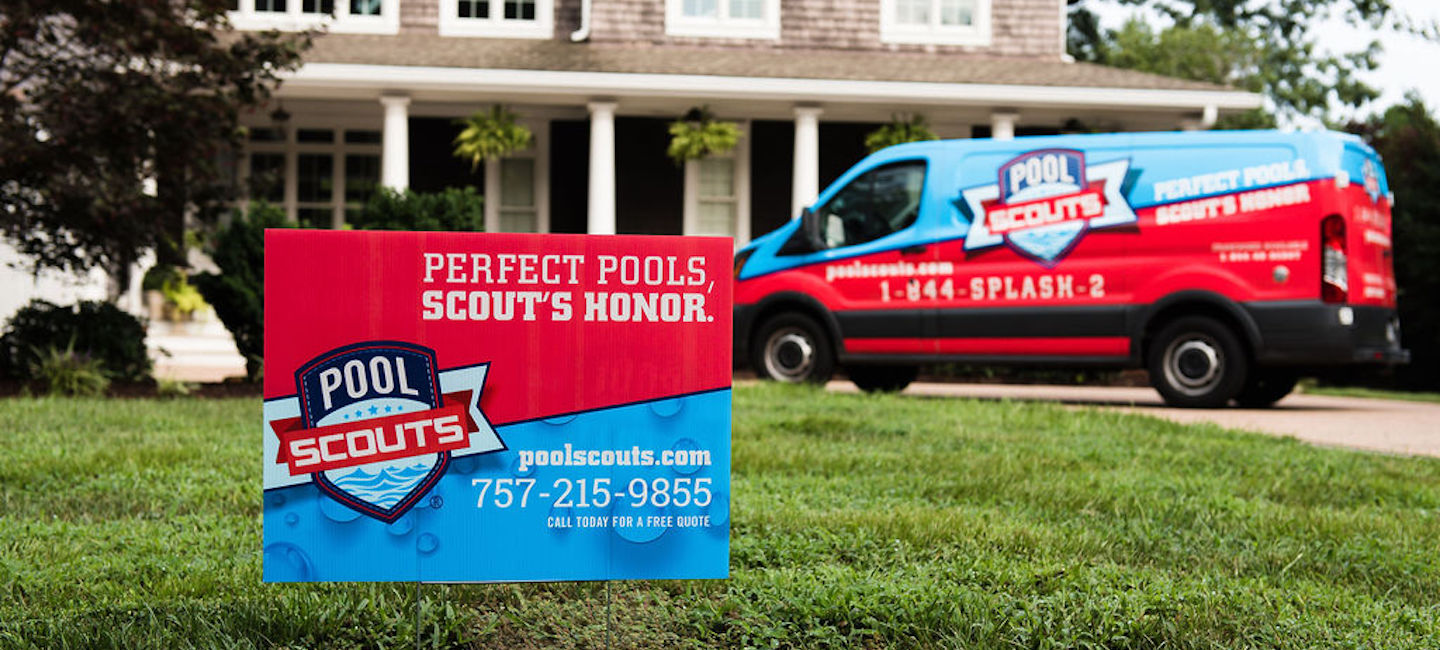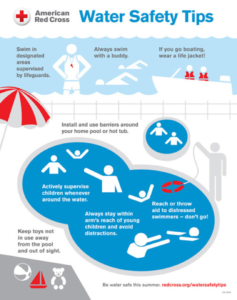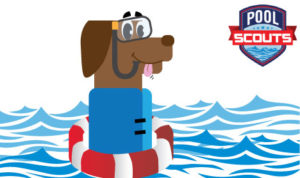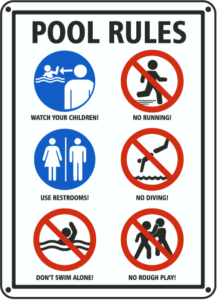
Meet Gizmo – He’s here to discuss Water Safety!
 As a pool-owner and a mom of two elementary school-aged kids, I am definitely thinking about water safety this time of year. The kids have be
As a pool-owner and a mom of two elementary school-aged kids, I am definitely thinking about water safety this time of year. The kids have be
en in swim lessons for years, the gates have locks, and the back door has a chime on it so we know when someone goes out by the pool. Pool safety is always a concern and a worry, but I have come to realize it extends beyond young kids. As someone now in the pool industry, I have become all too aware of how deadly water can be for people of all ages. Small children are the most vulnerable, but older kids and adults can also be at risk.
There are many simple things that can be done to significantly reduce the risk of water accidents. For me, it is about diligence and taking all necessary steps required to be prepared for any situation. Through preparation and care we can make our pools a place of relaxation and fun!
There are many resources available online dedicated to pool and water safety. Today, I’d like to introduce you to Gizmo! Gizmo is the Pool Scouts mascot and is our acting Safety Scout this month! Gizmo (aptly named after the piece of equipment used when winterizing your pool) will be bringing you tips and tricks of the trade. Today, Gizmo has key tips to ensure your pool is a happy place full of fun memories!
Gizmo’s Guidance on Water Safety:
1. Secure the barrier around the pool.
Ensuring the area around your pool is secure is the first step to preventing accidental entry to the pool. Statistics show that 6% of drownings occurred in a neighbor’s pool, 23% occurred in a friend or family’s pool, while 44% occurred at home.
There are a variety of different types of barriers that can prevent entry to the pool. Some of those include:
Fencing is an obvious choice and legally required in most states. The key here is to make sure the gates are self-closing and latch automatically. There are also fences available that enclose just your pool, allowing you to sit by the pool while providing a barrier to the water. Some of the more commonly known brands are “ProtectAChild”, “LifeSaverFencing” and “BabyLoc”.
Set up door and gate alarms. Alarms can be set up to alert homeowners if a door or gate that accesses the pool has been opened. These can be wired through your home security system or even just set up on the one door or gate.
Leverage pressure sensitive alarms. Pool or spa floating or wave alarms that are mounted on the edge of the pool or in the water and activate when water is displaced.
There are even high tech perimeter alarms to secure your pool. These alarms use a laser system that creates a perimeter around your pool that sounds when the perimeter is broken.
2. Establish and post pool rules.
This is something commonly seen at public and commercial pools. But do you have pool rules at your home? With the backyard pool being a place to gather, posting the pool rules is another step toward a safe pool environment.
Some rules to consider for your pool:
– No swimming without an adult present.
– No running around the pool.
– No diving.
– No pushing.
3. Be prepared for any situation.
There are a number of things that can go wrong while swimming. As a pool owner, it is your responsibility to equip your pool with the proper safety items and be prepared for any situation. Here are a few other recommendations to keep in mind:
Have a first-aid kit on hand. Include typical first aid items like Band-Aids, tape, gauze, antibacterial ointment, and scissors in case of entrapment to cut hair or clothing.
Have flotation devices or life hooks available. Experts recommend you reach or throw a safety device to someone struggling in the water versus jumping in after them. Too often people who go in the water to help can also get into trouble.
Have the phone and phone numbers readily available. Be sure to have a phone and pertinent phone numbers in an easily accessible place. Use the following Emergency Contact Form to post emergency numbers by the pool.
Take swim lessons. Learning to swim is a great way to reduce water concerns. Although it is ideal to teach kids to swim when they are young it is never too late to learn.
Learn CPR. Many Red Cross locations and local civic centers offer CPR courses. As a pool owner, take the time to learn CPR. Precious seconds can be saved when someone by the pool can perform the life saving procedure.
4. Take the Pledge.
As a last step, I would like to ask you, your family, your friends and any pool patrons to take the “I’m A Safe Swimmer” pledge:
“I pledge to never swim alone.
I pledge to never play or swim near drains or suction fittings.
I pledge to always dive feet first.
I pledge to obey the pool rules.”
Pools are a place of fun for people of all ages. Taking some simple steps to ensure your pool is a safe place to swim will make it more enjoyable for all your friends and family. There are a number of resources out there that can offer additional tips. Take a few minutes to review these sites and think about how you can take steps to reduce risk at your pool.
Thank you for taking a few minutes to review Gizmo’s Guidance on Water Safety. By following some of these recommendations you’ll find that your pool is a safer, more relaxing place to be!
Online Resources referenced: https://www.poolsafely.gov/, https://www.nationalwatersafetymonth.org/, https://www.swimuniversity.com/5-ways-to-make-your-swimming-pool-safer/
